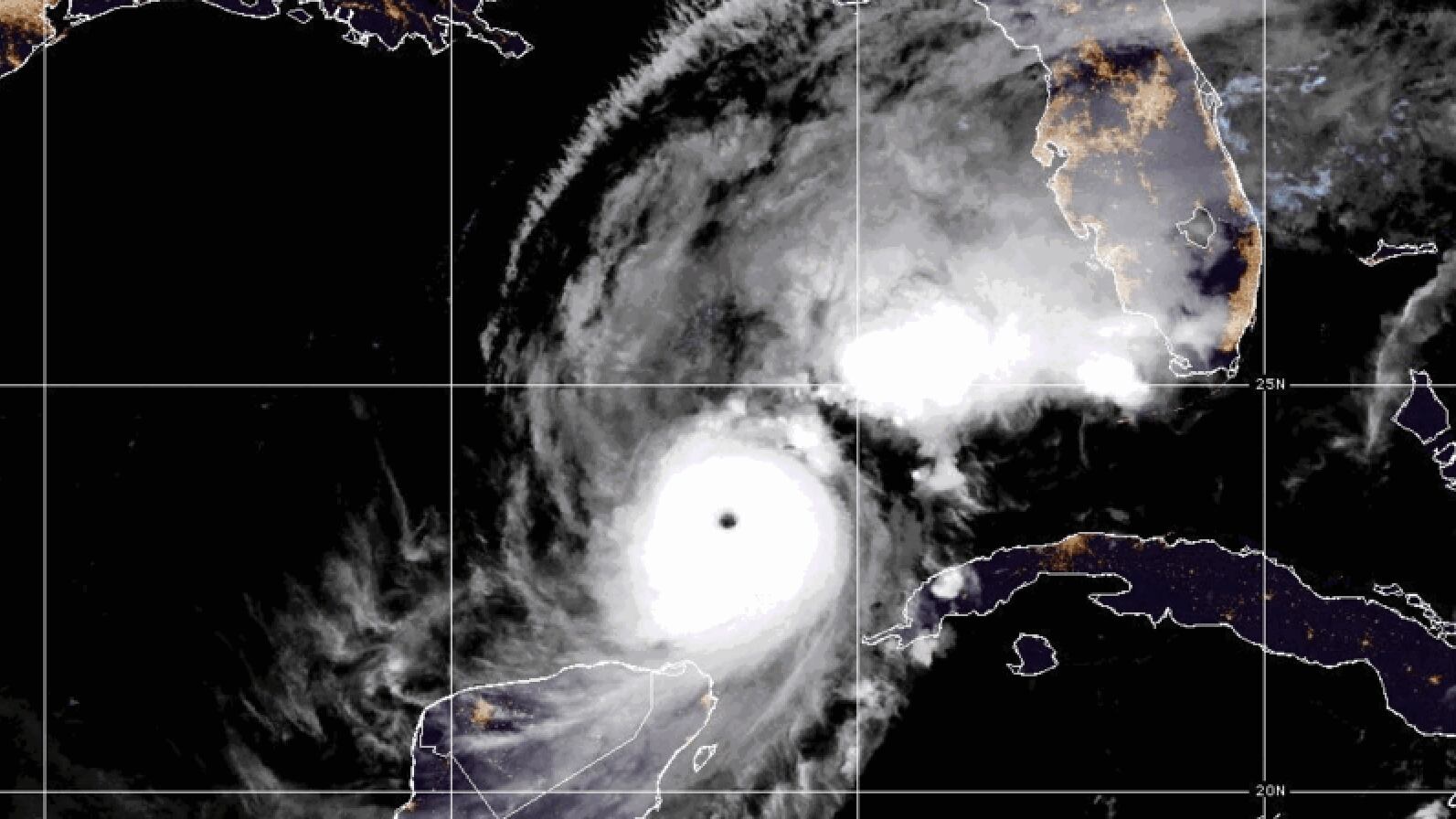U.S. News
National Hurricane Center
‘Dangerous’ Milton Threatens to Flood Cities, Hurl Cranes Into Buildings, Overwhelm Hospital Barrier
HUNKER DOWN
“We’re going to get hit, and it’s going to be hard,” said Cathie Perkins, the Pinellas County Director of Emergency Management.

Trending Now





